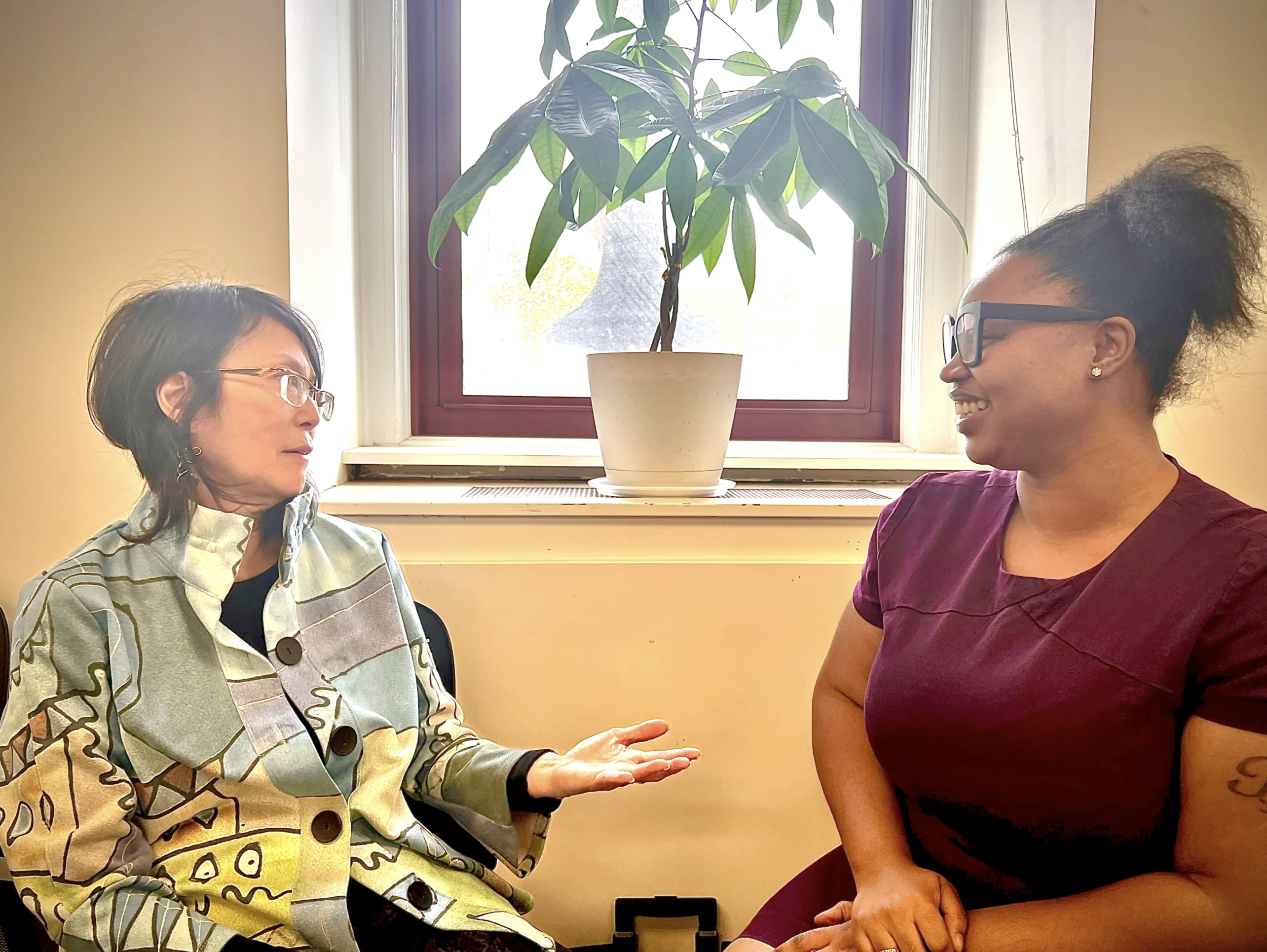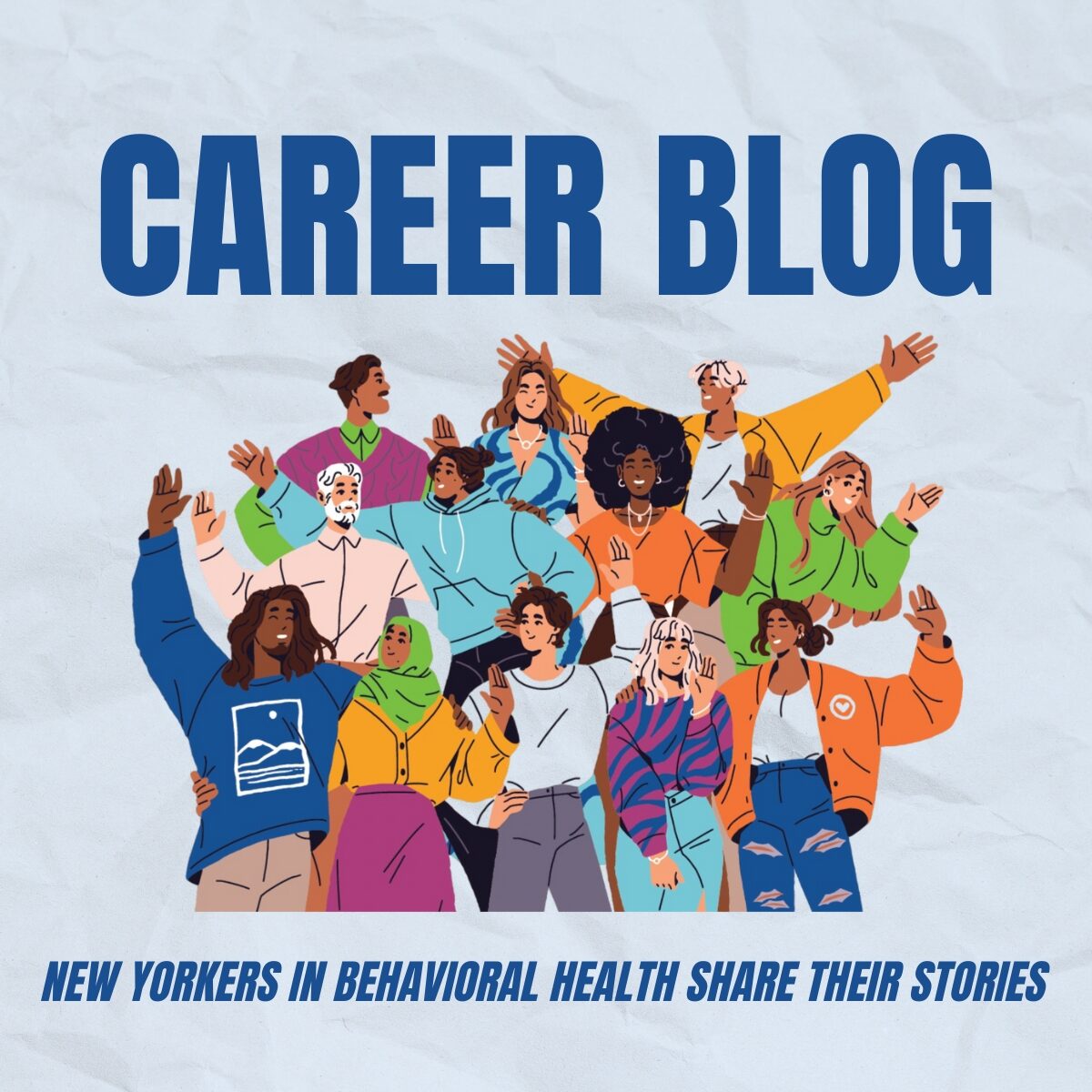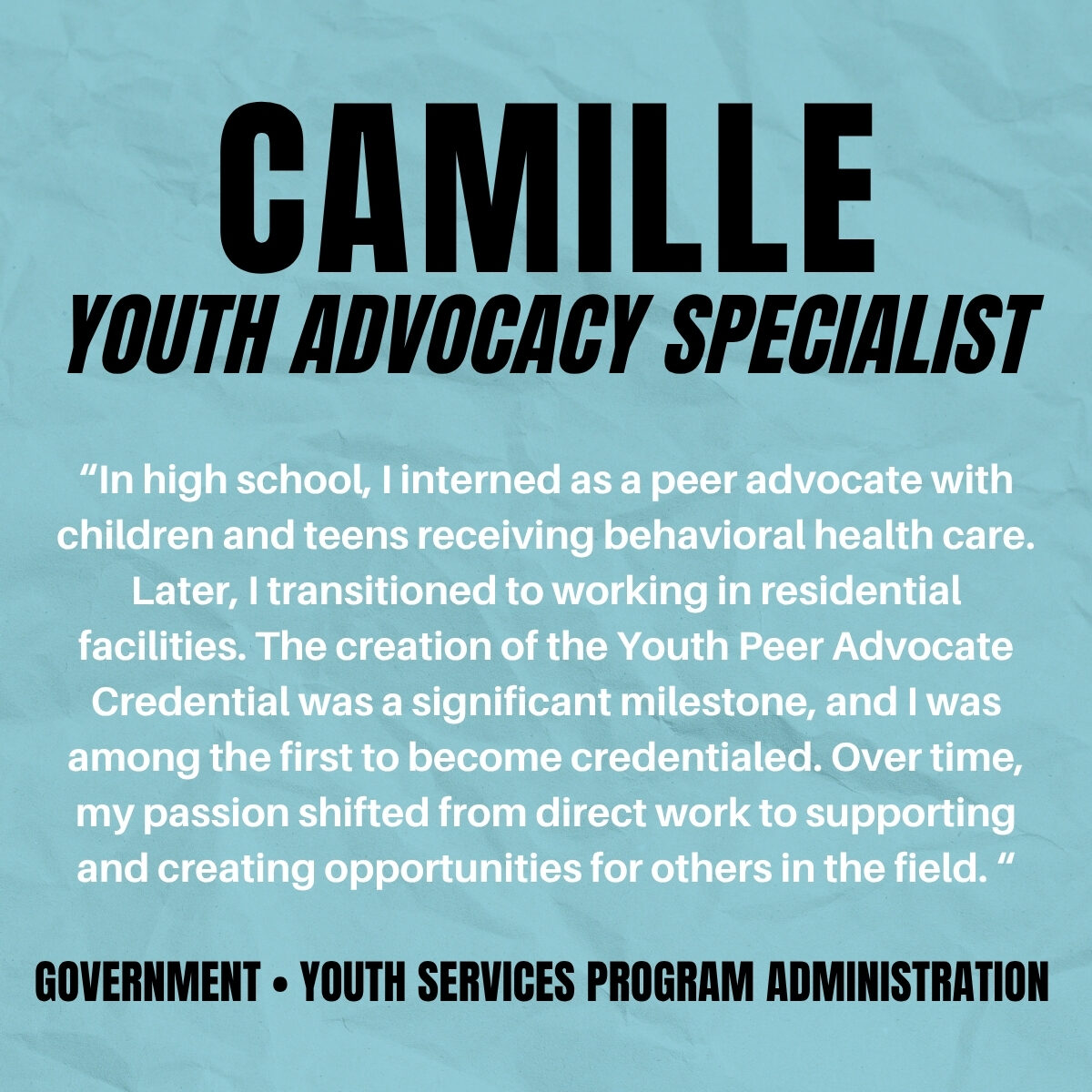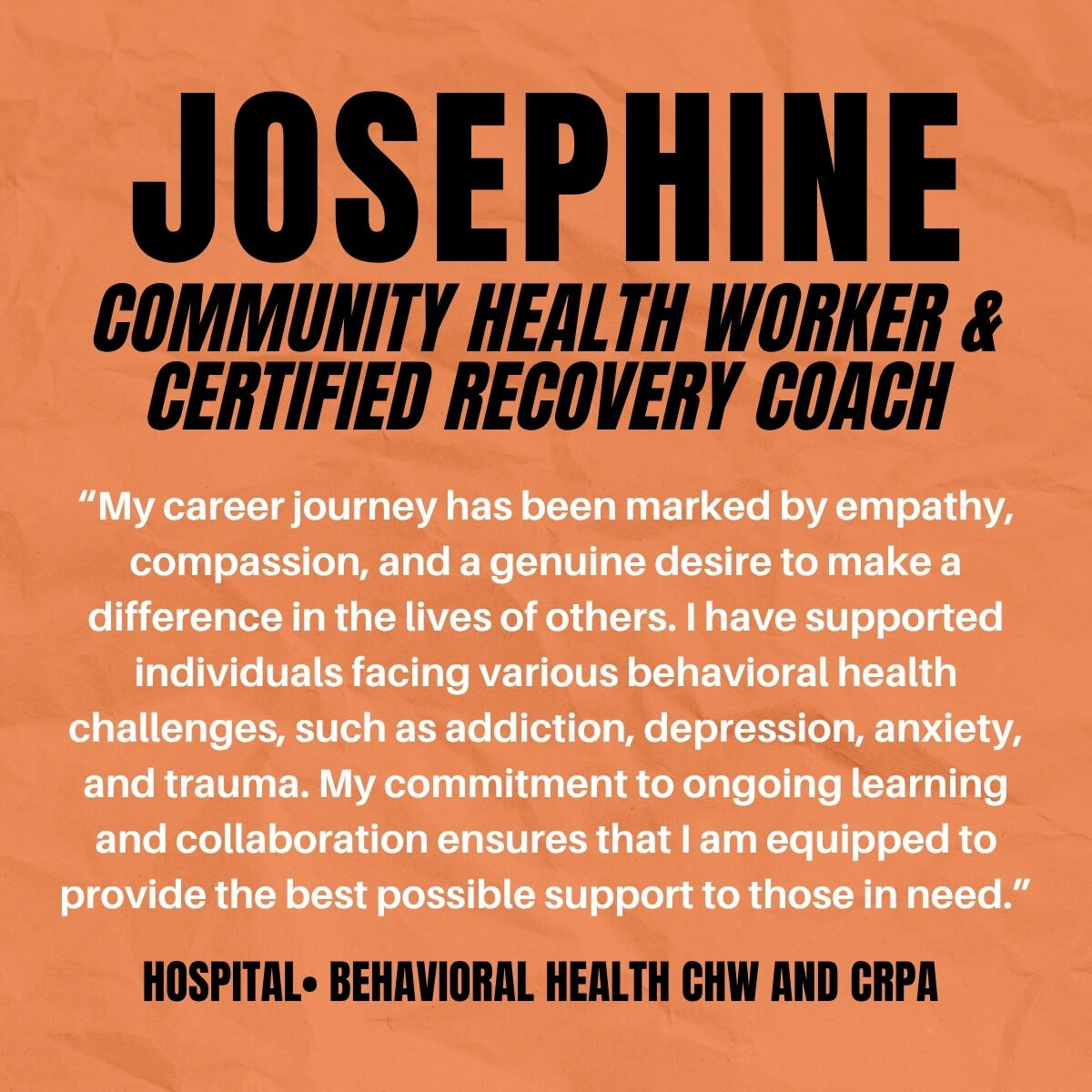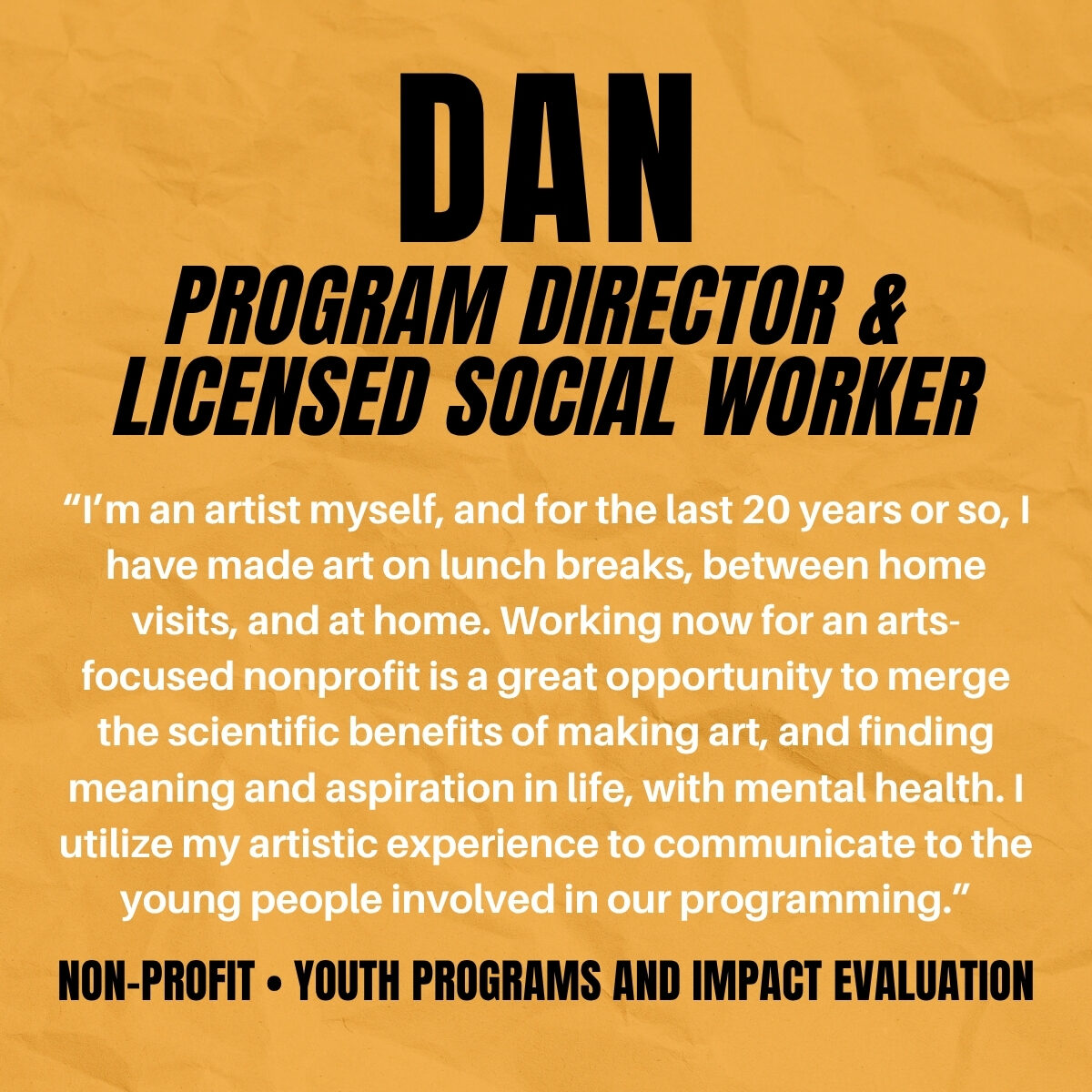New Yorkers in Behavioral Health
Read the Peer Support Workers (PSWs) and Community Health Workers (CHWs) Listening and Feedback Tour Report and 1 page overview. This report provides an overview of the Listening and Feedback Tour process, featuring direct quotes and feedback from both PSWs and CHWs.


2024 Global Peer Support Day!
At OCMH, we’re grateful for the insight and advocacy of two incredible peers on our team— Dr. Nivea Jackson, Senior Manager of Strategic Initiatives, and Yumiko Ikuta, Director of Mental Health Access.
Please enjoy reading their reflections on why the role of peer support is so significant.
Share your story!
Many people’s career journeys are not linear and involve pauses, career changes, and other experiences of navigating life both personally and professionally. If you’d like, share your own career journey to potentially be featured on our website.
